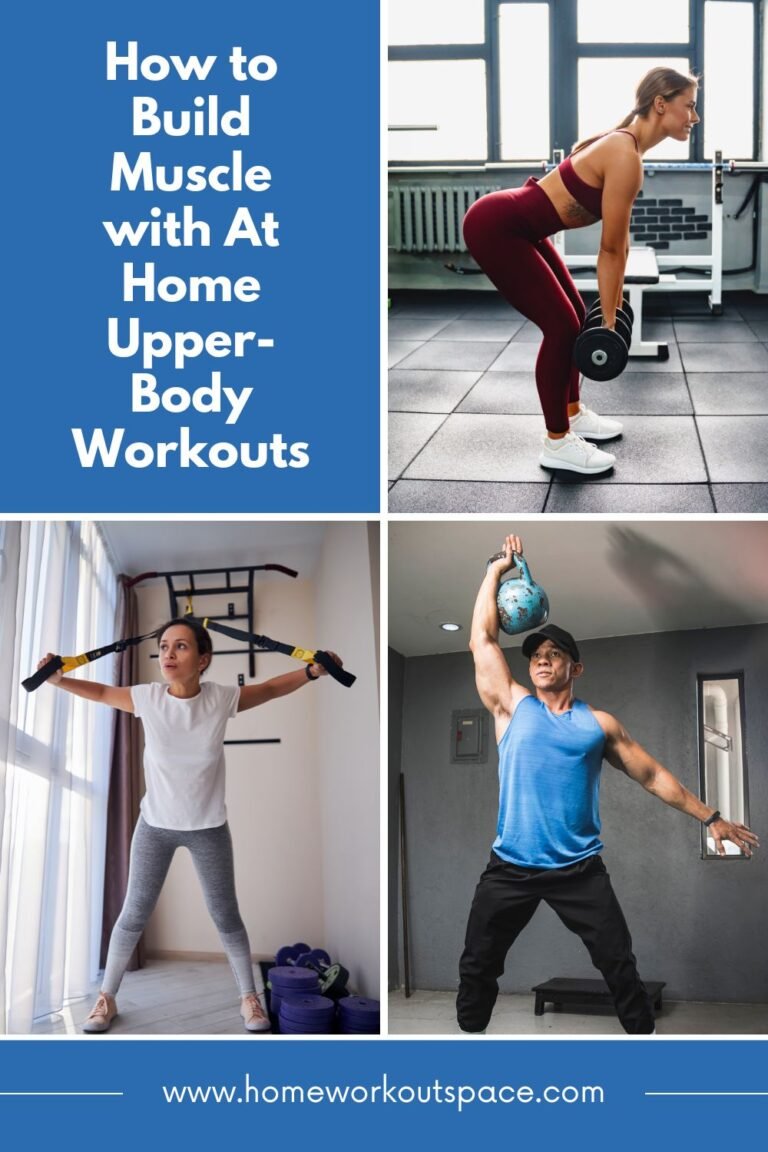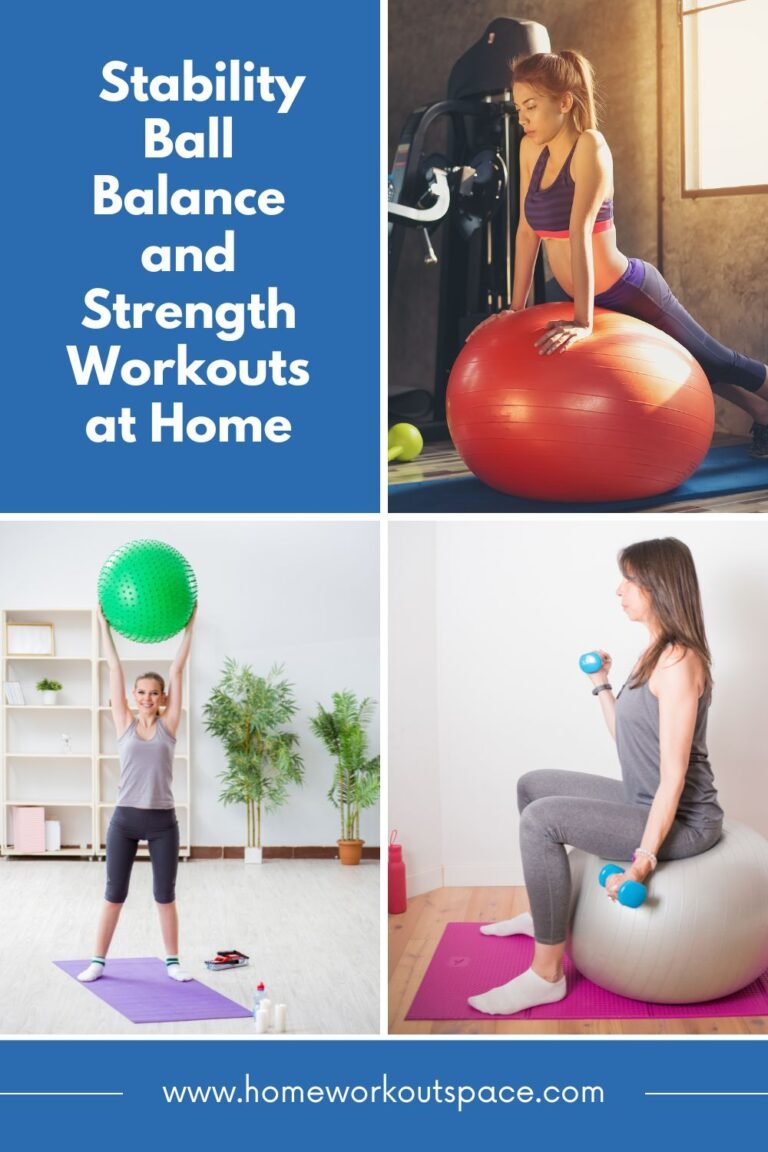Love to Walk? Fun Walking Variations for a Home Workout
For many people, walking is the perfect exercise. It’s low-impact, accessible, and can be done just about anywhere. While getting outside for a walk is ideal, sometimes the weather or other circumstances make it necessary to get your steps in at home.
If you love to walk but need to exercise indoors, don’t worry – there are plenty of fun walking variations you can do for an effective home workout.
Natural Supplements To Help Support Your Home Workouts
✅ Increase Your Pumps And Performance
✅ Promote Muscle Growth And Boost Energy
✅ For Powerful Muscle Growth
✅ Pack On Lean Muscle
✅ Next-generation Fat Burner
✅ Supergreens For full spectrum nutrition
The Benefits of Walking
Before diving into the home workout variations, let’s quickly review some of the great benefits of walking as an exercise:
- Low-impact cardiovascular workout that is easy on the joints
- Helps build endurance and burn calories
- Can be done at any age and fitness level
- Improves circulation and heart health
- Boosts mood and can reduce stress and anxiety
- Affordable way to exercise that requires no equipment
While any walking is better than no walking, mixing it up with different styles and intensities can make your indoor walking workouts even more effective and engaging. Here are some fun variations to try.
High Knees
The high knees walking variation is a simple way to boost the intensity and turn your walk into more of a cardio workout:
- Stand upright with your core engaged
- March in place, driving your knees up towards your chest
- Pump your arms to increase the cardio challenge
- Go for 30-60 seconds, then return to normal walking to recover
Repeat the high knees intervals throughout your workout to get your heart rate up. The higher you drive those knees, the more you’ll feel it working your legs and core.
Heel Digs
Heel digs put an emphasis on working your glutes and hamstrings as you walk:
- Stand tall, core braced
- Walk forward, driving your heel into the ground with each step
- Focus on squeezing your glutes to press through the heel
- Let your arms swing naturally for balance and add core rotation
This heel-striking technique recruits your posterior muscle chain in a way that normal walking does not. It’s a great way to tone and strengthen your backside while walking.
Side Steps
Side-stepping gets you moving laterally for an extra muscular and stability challenge:
- Stand upright with feet together, knees soft
- Step out to the side with one foot, keeping your body facing forward
- Bring your other foot to meet it by stepping together
- Continue sidestepping in that direction for 30-60 seconds
- Switch sides and repeat going the other way
Keep your core braced and don’t twist your body as you step from side-to-side. You’ll work your inner and outer thighs, glutes, and need to engage your stabilizing muscles.
Hip Rotation
Incorporate some hip rotation into your walking for added intensity and core engagement:
- Stand upright with feet shoulder-width apart
- Take a wide step forward with one leg, pivoting on that foot
- Pivot forward on that foot in the direction you stepped
- Bring the other foot forward to meet it, twisting your hips
- Continue “walking” forward in this pivoting, hip-twisting pattern
This dynamic hip movement adds an extra core challenge and will get your obliques working as you pivot and rotate through your steps.
Kickbacks
Add some kickbacks to work your glutes and hamstrings in a different way:
- As you step forward with one leg, kick that leg straight back
- Squeeze your glutes and kick back parallel to the ground
- Bring that foot back under your body and take a normal step
- Alternate legs, kicking back with each stride
Make sure to keep your kicks controlled and avoid arching your back. Engage your core and alternate the kickbacks fluidly as you walk.
Arm Variations
You can also incorporate different arm movements to add intensity and target different muscle groups as you walk in place:
- Punch your arms forward and back for a boxing motion
- Raise your arms overhead with each stride for shoulder presses
- Hold light weights in your hands and do bicep curls
- Mimic a jumping jack motion, raising your arms out and in
Try different arm variations to work your upper body and core as you walk. Just be sure to keep your strides strong and movements controlled.
Backwards Walking
Here’s one you may not have tried before – walking backwards! This variation challenges your balance and works your muscles in a different way:
- Stand tall and take slow, controlled steps backwards
- Check over your shoulder for obstacles or hazards
- Keep your core engaged and eyes focused forward
- For extra intensity, try backward high knees or kicks
Backwards walking takes some getting used to, but it’s a unique way to shake up your indoor walking routine and further improve proprioception and balance.
Interval Training
For a true walking workout, utilize interval training techniques. Intervals allow you to alternate periods of higher intensity work with active recovery periods:
- Walk at an easy, recovery pace for 1-2 minutes
- Then switch to a higher intensity like high knees or side steps for 30-60 seconds
- Go back to your recovery walk, and repeat the intervals
Examples of walking interval workouts:
- 2 min walk / 1 min high knees – repeat for 15-20 minutes
- 90 sec walk / 30 sec heel digs / 30 sec high knees – repeat
- 1 min side steps / 1 min backwards walk – alternate for 10-15 minutes
The recovery walks make the higher intensity variations more manageable. You’ll burn more calories, increase your endurance, and add variety compared to just steady-state walking.
Walking Circuits
Another fun way to mix it up is by creating a circuit of different walking exercises that you rotate through:
- Set up a loop or path you’ll move along as you walk
- Perform one variation like high knees for 30-60 seconds
- Move to the next space and do another exercise like heel digs
- Continue rotating through 4-6 different walking variations
- Rest briefly after each circuit, then repeat for 3-5 rounds
Some example walking circuits:
- High knees -> heel digs -> side steps -> backwards walk -> marching
- Punch walks -> jumping jacks -> kickbacks -> high knees
- Hip rotations -> arm raises -> heel digs -> lateral steps
Get creative and pick your favorite variations to string together into an engaging, full-body walking workout circuit.
Tips for Indoor Walking
Whether doing intervals, circuits, or longer bouts of continuous walking, here are some tips to make the most of your indoor walking workouts:
- Clear a safe walking path and remove any potential hazards or obstructions
- Wear supportive shoes with good cushioning
- Stay hydrated by keeping water close by
- Use an activity tracker or pedometer to track your steps and distance
- Add variety with different walking variations and intensities
- Blast some upbeat music to keep your energy up
- Incorporate light hand weights or resistance bands for added challenge
Most importantly, listen to your body and have fun with it! Walking is a fantastic way to stay active at home.
The Bottom Line
Don’t let being stuck indoors prevent you from getting your daily steps or workout in. With these fun walking variations, you can turn your living room into an engaging exercise space.
Mix and match the different styles for a well-rounded routine that combines cardio, strength training, and balance work. Walk on!








